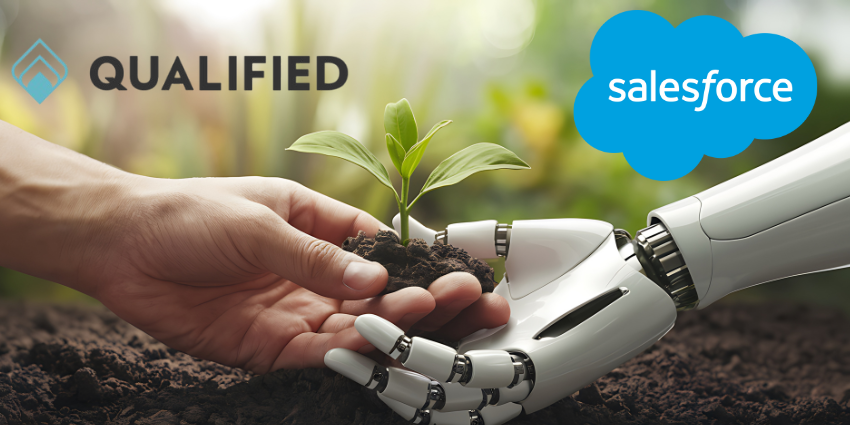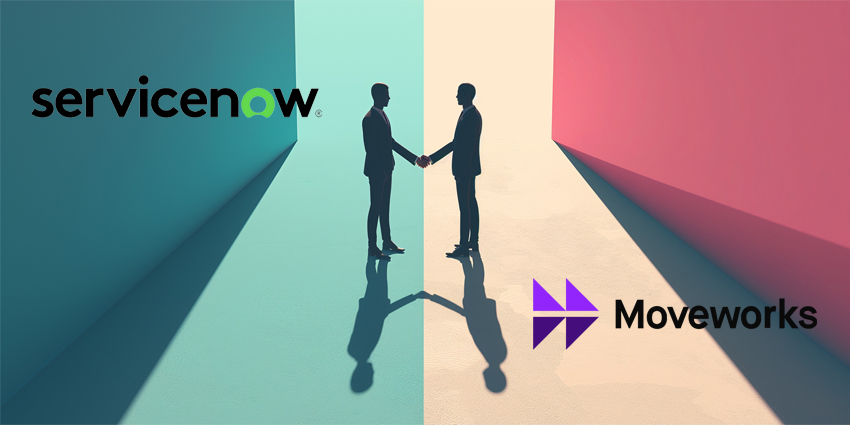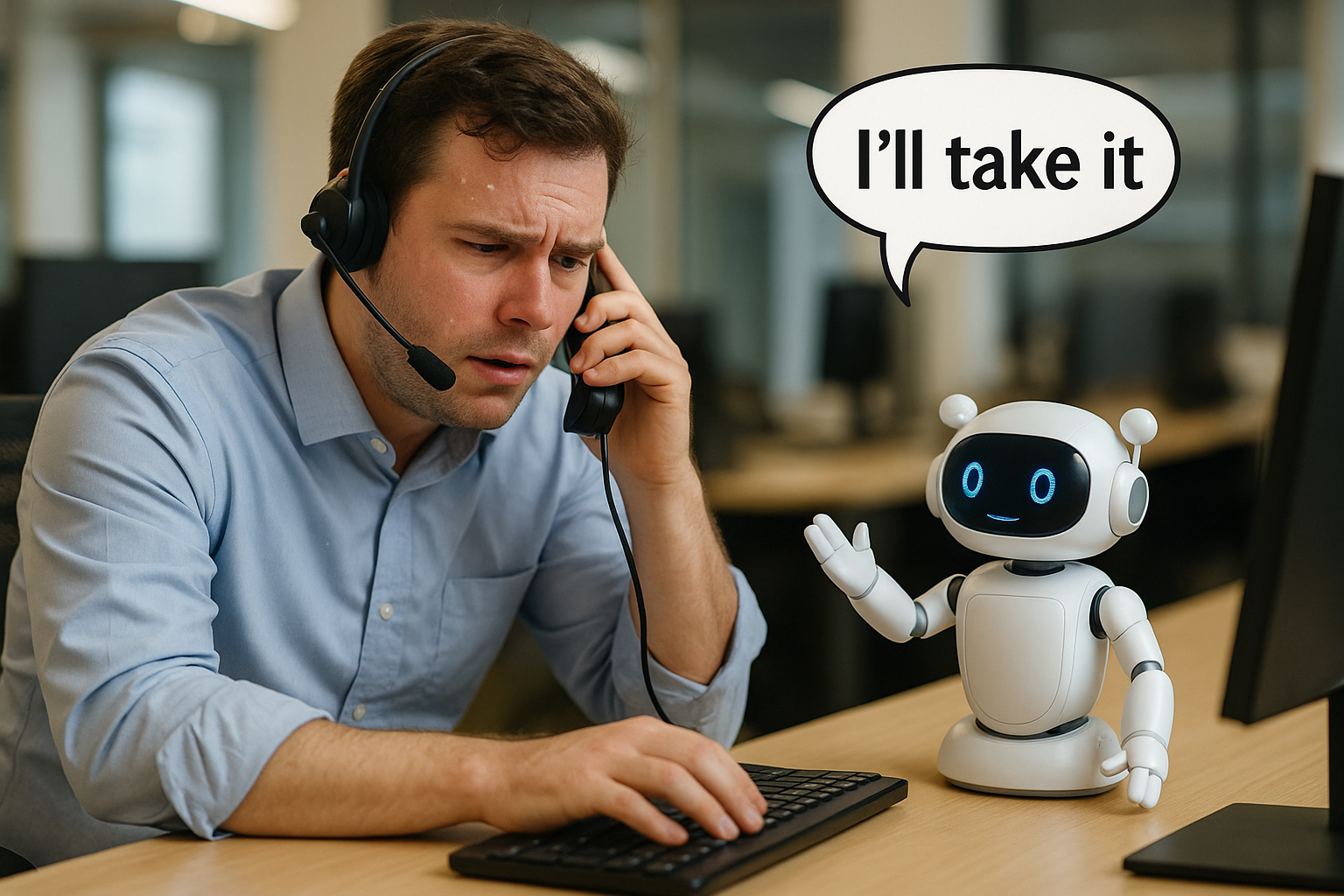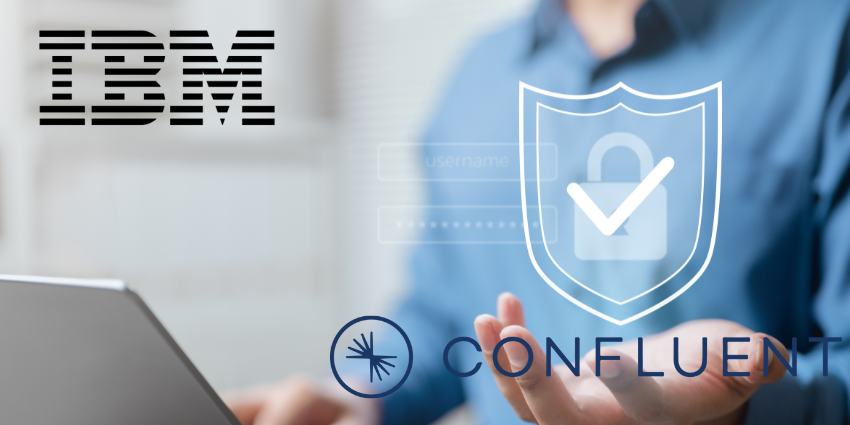Pegasystems has signed a five-year collaboration agreement with AWS to help brands move off legacy solutions and step toward its autonomous enterprise vision.
Chiefly, the collaboration revolves around two solutions: AWS Transform and Amazon Bedrock.
AWS Transform helps simplify the migration of legacy VMware and .NET Framework apps. As such, Pega customers can more easily take its Blueprint solution, which translates brand goals into new processes, and start making those processes a reality in the cloud.
Meanwhile, Amazon Bedrock helps build, customize, and scale generative AI models. With this integration, companies can plug their desired third-party or customized LLM into the back of Pega Blueprint and the broader Pega platform. As a result, they may utilize Bedrock for not only workflow design but also the continued optimization of those workflows.
“It’s no longer enough to keep applying incremental changes to legacy systems in the AI era,” said John Higgins, Chief of Client & Partner Success at Pega, when celebrating the announcement.
“Clients want to drive strategic business process changes to capture the AI-driven productivity improvements; eliminating technical debt, enabling dynamic and intelligent workflows are significant value drivers for organizations seeking to embrace AI to drive business agility. That’s where we come in,” he continued.
Partners can now differentiate their services by infusing their IP and best practices into Pega Blueprint to transform legacy applications.
To this point, the combination of AWS Transform and Pega Blueprint may prove powerful in helping brands rethink and replace legacy systems. After all, they can design new processes and solutions that utilize emerging forms of AI, like agentic AI.
However, Pegasystems doesn’t only offer brands the tools to design new processes and leverage AI, it gives them a vision to work toward, too…
Pegasystems Ushers in the Autonomous Enterprise
The “autonomous enterprise” is Pega’s longstanding aim to give people the solutions and skills they need to do the work they want, not bogging them down in busywork.
For the vendor, that’s what automation is supposed to do: clear the path, not replace the people.
As such, the “autonomous enterprise” doesn’t mean a company without people. Instead, it means AI that understands how the business operates and accelerates what people can do.
Despite the emergence of agentic AI, Pega is sticking with this aim, as it has throughout its evolution from a service-oriented business into robotic process automation (RPA) and now autonomous processes.
This partnership marks another big step within that evolution, as AWS Transform and Amazon Bedrock accelerate its customers’ journey toward the cloud, where they can build those future-proof autonomous processes.
As Chris Grusz, Managing Director of Technology Partners at AWS, said: “Generative AI is not only revolutionizing what customers can build in the cloud, but with services like AWS Transform, it’s fundamentally changing how quickly and seamlessly they can get to the cloud in the first place.
Our strategic collaboration with Pega combines AWS AI-powered modernization capabilities with Pega’s expertise in enterprise workflow transformation, providing customers with powerful tools to escape technical debt without disrupting critical business operations.
That’s critical, with 68 percent of IT decision makers in global enterprises noting that outdated legacy systems are a big blocker to embracing innovative technologies, like AI, per Savanta.
Nevertheless, many competitors will announce similar collaborations with AWS and its fellow hyperscalers. What sets Pega apart is its broader vision, which this partnership feeds into.
Pegasystems’ Take on the Future of Customer Experience
As part of the Pega Blueprint, Pegasystems offers a Customer Engagement Blueprint, which sheds light on its vision for the future of the customer experience space.
That vision involves all four CX “horsemen”: service, sales, marketing, and commerce.
Indeed, the Blueprint ingests goals that unify these departments, such as improving customer retention, and turns those into tangible actions and experiences that cross departments.
In doing so, it brings teams together, centralizes decision making, and – critically – takes “what if” questions from function heads to help overcome concerns.
As such, Pega goes further to bridge teams, customer insight, and business strategy.
For more news and insights from big CRM and CX players like Pegasystems, subscribe to the CX Today Newsletter.







